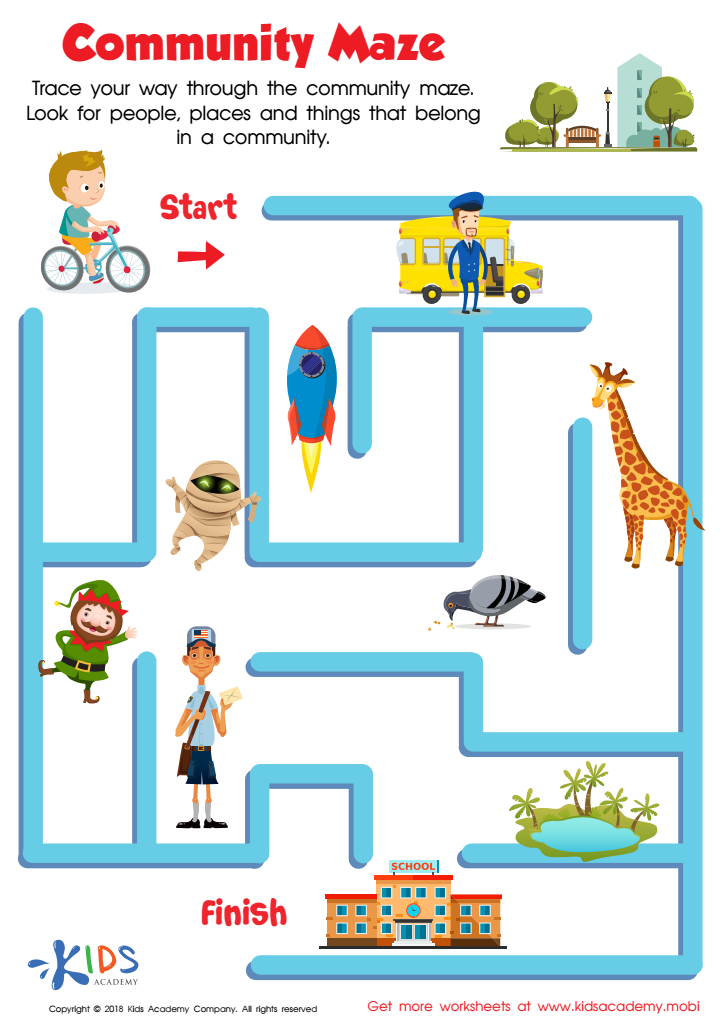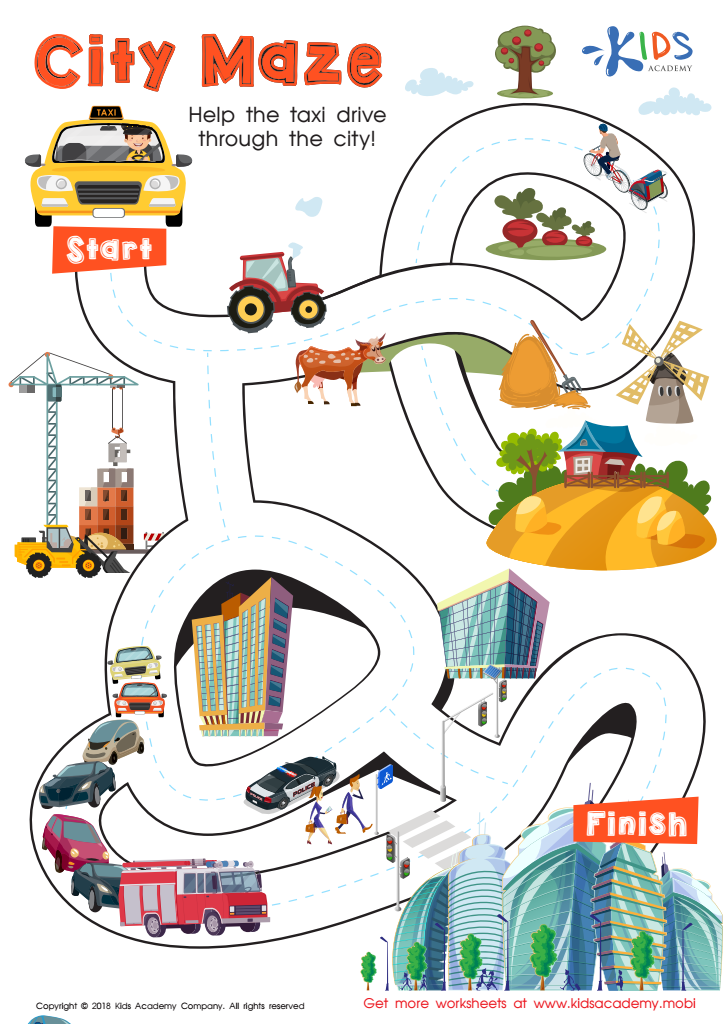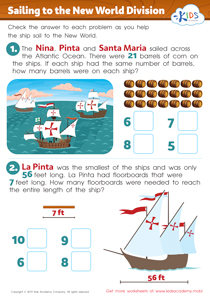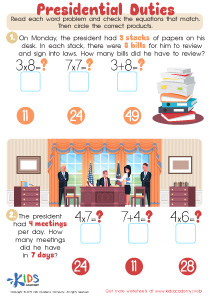Map reading skills Community Worksheets for Ages 4-9
3 filtered results
-
From - To
Discover the world of geography with our Map Reading Skills Community Worksheets, designed for children ages 4-9. These engaging resources from Kids Academy provide young learners with interactive activities to develop essential map-reading abilities. Children will enjoy fun exercises that teach them to identify directions, interpret symbols, and understand community layouts. Perfect for both classroom use and at-home learning, these worksheets offer a hands-on approach to mastering navigational skills. Equip your child with the confidence to explore their surroundings with maps. Begin your child's geographical adventure today with our expertly crafted worksheets!


Community Maze Worksheet


City Maze Worksheet


Towns Worksheet
Map reading skills are essential for the cognitive and spatial development of young children, making them a crucial aspect for parents and teachers to emphasize. At ages 4-9, children's brains are highly adaptable and capable of understanding complex relationships spatially and how different locations relate to one another. Introducing map reading in a community-oriented setting not only enhances these cognitive abilities but fosters a sense of local awareness and geographic literacy.
Maps serve as powerful educational tools that help children understand symbols, follow directions, and visualize spatial relationships. These skills translate into other key learning areas like math and science by sharpening their problem-solving, reasoning, and critical-thinking abilities. Additionally, maps encourage children to be observant and detail-oriented, traits that benefit them academically and in everyday life.
A Map Reading Skills Community also provides social learning opportunities. When kids work together to solve map-related tasks or play geography games, they develop teamwork and communication skills, fostering a sense of collaboration and mutual respect.
Moreover, in a world increasingly defined by global interconnectivity, knowledge of geography becomes vital. Maps can also teach children about different cultures and environments, nurturing open-mindedness and empathy.
For parents and teachers, the dedication of time and effort in promoting map reading capabilities is an investment in the child's future, equipping them with practical skills and an inquisitive mindset that will serve them across all life stages.
 Assign to My Students
Assign to My Students





















